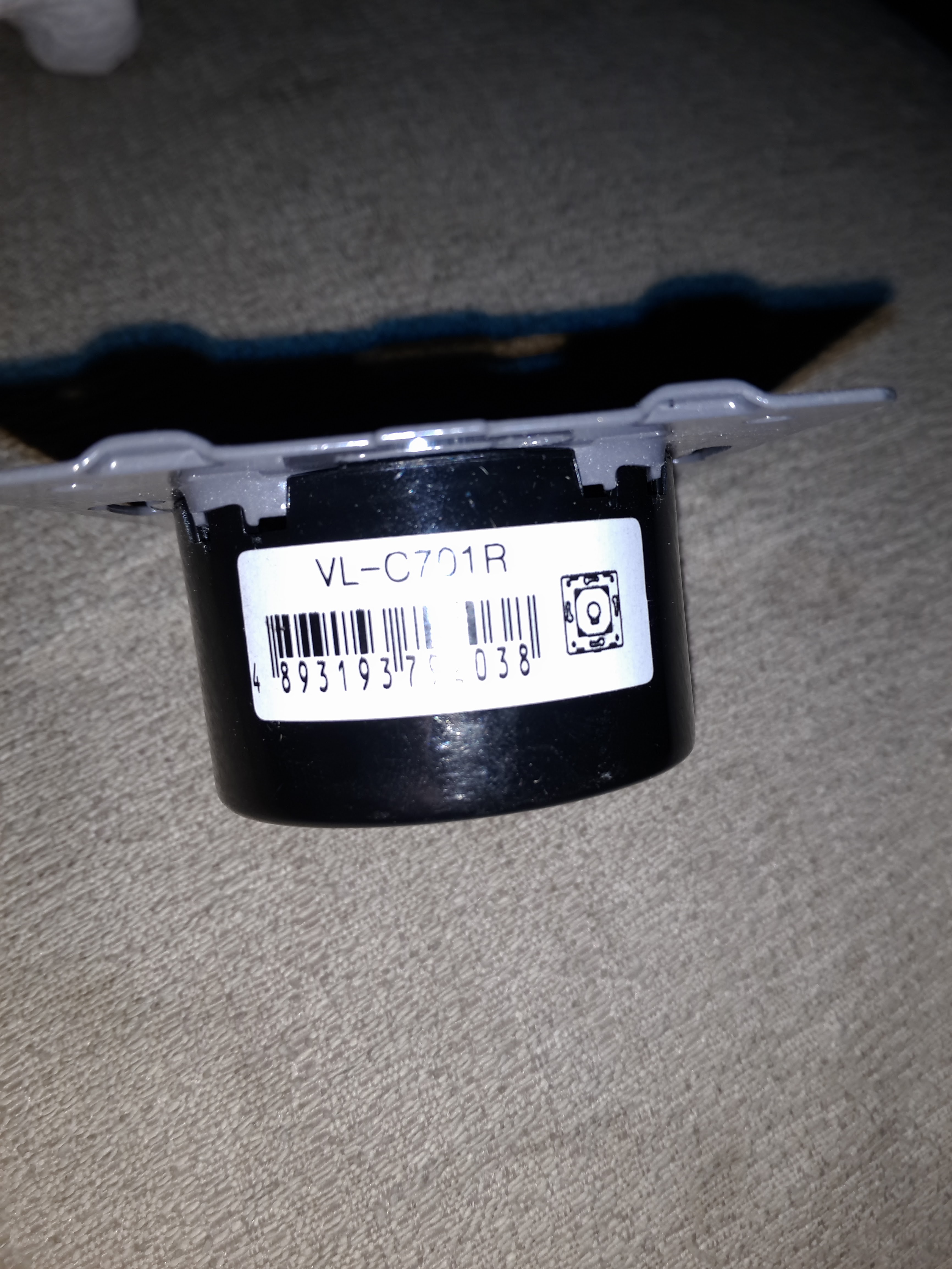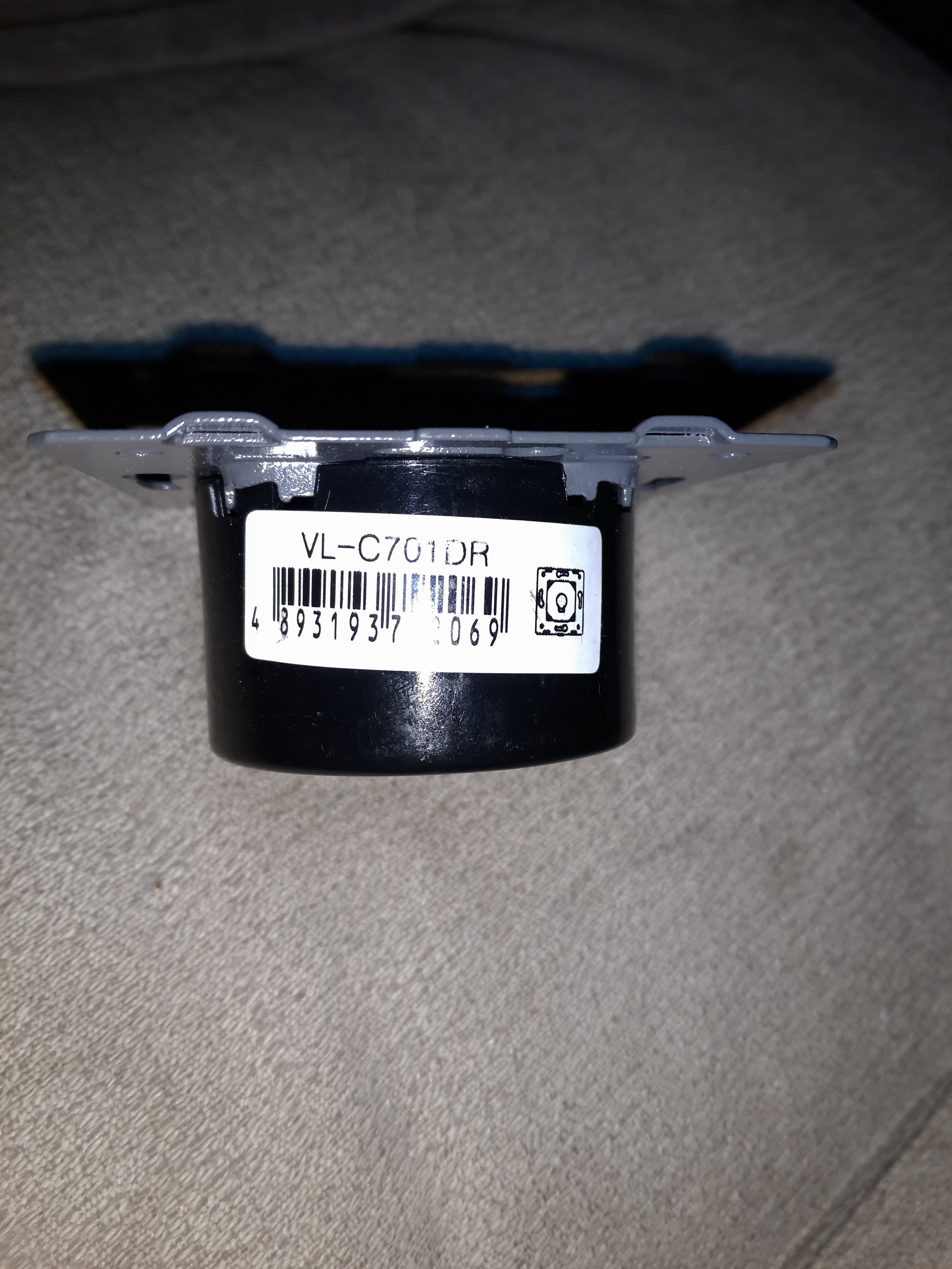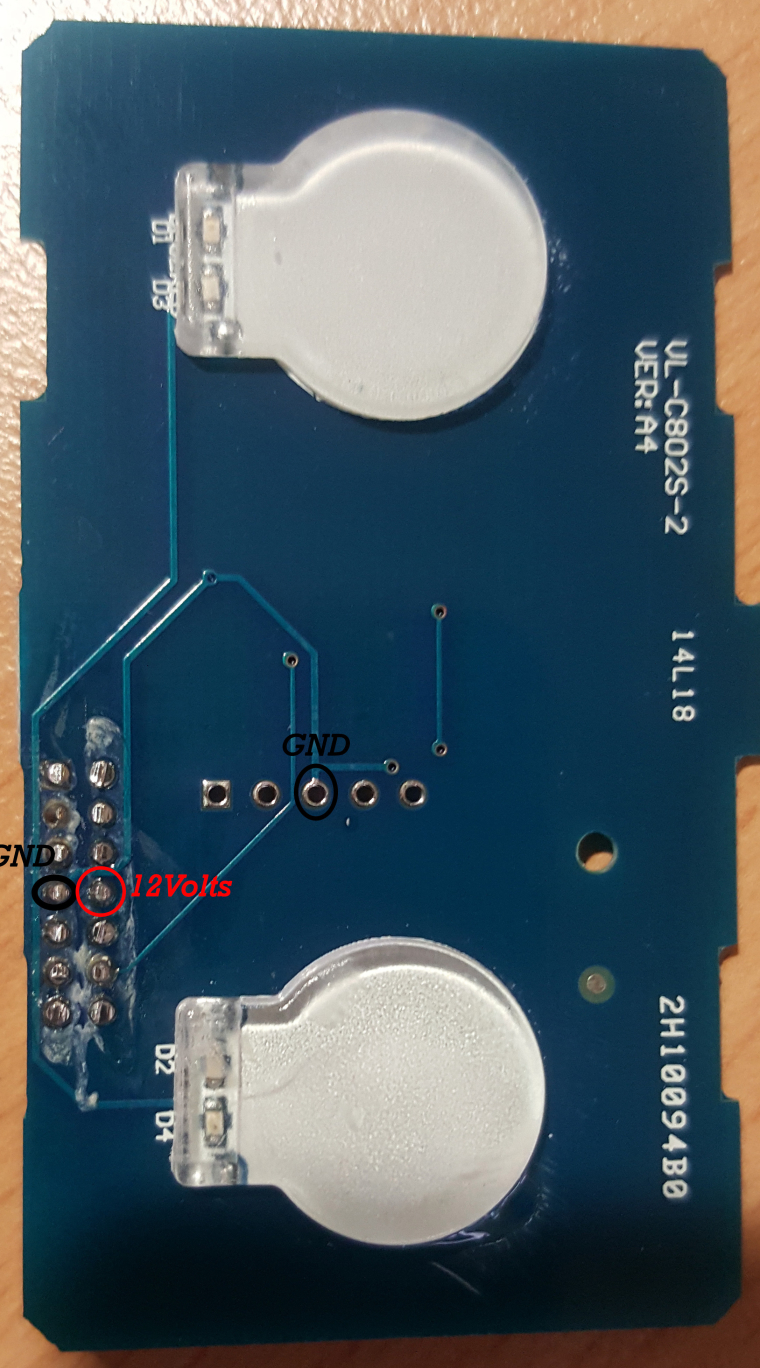livolo Glass Panel Touch Light Wall Switch + arduino 433Mhz
-
@Nca78
Well, now it's working fine for almost two weeks, no issues. I'm always trying to modify the sketch to work even better but it ends up that "the best is an enemy of the good" :)As for connections: as you can see on the photo of upper board I have connected 5 wires (actually later I added sixth). They are ground, two wires to leds for reading status (through 4k7 to pin 5 and 6), and wires to touch sensor pads (through optocoupler to pins 3 and 4, the other side of coupler to ground through 5nF cap) . I showed schematics earlier. With the sixth wire I took 3v from the drilled holes at the bottom of the board, as I remember the central hole. You can make sure with the multimeter.
Thanks for the pics. I see now little much better how you wired and what is needed modify on switch board (wired bridges on red) to make it working. But form me still need added the schematic for understand all conections from/to arduino+nrf24 and Livolo to really see how all are working together.
So sorry yestarday but I stay so so busy to take pics from my switch´s, but I try today do my best to take some pics of them.I think is so so similar connection like guys from smartsystems controllers are doing for her comercial project s you can see in schematic at min 2:30 on this youtube video https://www.youtube.com/watch?v=LNEE9tjnHR8
If it are so and are the same wired on both (your connections and smartsystems are doing to) I think the connection sources from livolo switch are well tested (over enough time and from diferent people) and is at this moment the better aproach to do that connections to livolo swith.
That is a great step.I Still figuring how much current can drawn from livolo switch and how doing that in a secure maner and with a generical way to supply "any" radio system (better if can including esp) for provide livolo´s with feedback and additional remote way of control because for me still some dubts about that question. But like I say yesterday seems is time to test and test and not more throw more assumptions.
Regards
-
Sorry about the delay. So much bussy these days.
Pictures from my switch version:
3 first are from a dimmer, last are from swtich remote 1 gang - 1 way.
And a quick view I can see maybe only some little diferences comparing @Tigroenot version on main board mainly I see the antenna on mine and not on @Tigroenot and the central connection pad that seems he have on the rigth, but totally diferent on touch board I suposse because his pics are from a dual swtich version.
All my switch has ben purchased only 2 monts ago.






-
Hello everyone,
I am really sorry if I am here making an entirely noob question, but did someone managed to get the light state from this light wall switch? If so is there any video or circuit showing how? I have doubts if i should or should not buy this for my entire house, but if this wall switch cannot send the state through rf i guess it is a no go.
Hope you can help me
-
Hello everyone,
I am really sorry if I am here making an entirely noob question, but did someone managed to get the light state from this light wall switch? If so is there any video or circuit showing how? I have doubts if i should or should not buy this for my entire house, but if this wall switch cannot send the state through rf i guess it is a no go.
Hope you can help me
@Hugo-Pereira said:
Hello everyone,
I am really sorry if I am here making an entirely noob question, but did someone managed to get the light state from this light wall switch? If so is there any video or circuit showing how? I have doubts if i should or should not buy this for my entire house, but if this wall switch cannot send the state through rf i guess it is a no go.
Hope you can help me
Hello, by default it is not sending the status by radio (which is used for receiving only).
But I think with the modifications you can see earlier in the thread it can send and receive using nrf24/mysensors. These are based on the basic switch without radio, no use to buy the much more expensive radio versions when the radio will not be used.I'm using a different approach which is to replace completely the PCB, so there are no modifications to do to the "main power" part, just plug the new touch PCB (that includes logic and NRF radio). I'm doing it for another switch format (US/AU) but the logic is very similar in EU format switch so if there is a demand I will adapt my PCB for this format later.
-
@Hugo-Pereira said:
Hello everyone,
I am really sorry if I am here making an entirely noob question, but did someone managed to get the light state from this light wall switch? If so is there any video or circuit showing how? I have doubts if i should or should not buy this for my entire house, but if this wall switch cannot send the state through rf i guess it is a no go.
Hope you can help me
Hello, by default it is not sending the status by radio (which is used for receiving only).
But I think with the modifications you can see earlier in the thread it can send and receive using nrf24/mysensors. These are based on the basic switch without radio, no use to buy the much more expensive radio versions when the radio will not be used.I'm using a different approach which is to replace completely the PCB, so there are no modifications to do to the "main power" part, just plug the new touch PCB (that includes logic and NRF radio). I'm doing it for another switch format (US/AU) but the logic is very similar in EU format switch so if there is a demand I will adapt my PCB for this format later.
@Nca78 Very interisting if the prices are the same and the design! You have a buyer :P Hope you ship to Portugal eheh I will be waiting for your solution for EU. Cause honestly i did not wanted to make too complicated adaptations on the circuit.
-
@Nca78 Very interisting if the prices are the same and the design! You have a buyer :P Hope you ship to Portugal eheh I will be waiting for your solution for EU. Cause honestly i did not wanted to make too complicated adaptations on the circuit.
@Hugo-Pereira said:
@Nca78 Very interisting if the prices are the same and the design! You have a buyer :P Hope you ship to Portugal eheh I will be waiting for your solution for EU. Cause honestly i did not wanted to make too complicated adaptations on the circuit.
I think you misunderstood :P
I'm making only the PCB (electronic board on which to solder the components). So you still need to buy Livolo switches (with no radio) and then get my PCB done and solder components on it. Then replace the touch PCB from Livolo switch with it.
It won't be very expensive (about 5-6$ of parts per switch I think) but there's some work to do :P -
@Hugo-Pereira said:
@Nca78 Very interisting if the prices are the same and the design! You have a buyer :P Hope you ship to Portugal eheh I will be waiting for your solution for EU. Cause honestly i did not wanted to make too complicated adaptations on the circuit.
I think you misunderstood :P
I'm making only the PCB (electronic board on which to solder the components). So you still need to buy Livolo switches (with no radio) and then get my PCB done and solder components on it. Then replace the touch PCB from Livolo switch with it.
It won't be very expensive (about 5-6$ of parts per switch I think) but there's some work to do :PHi, I'm working on this one too. This Livolo stuff captured my attention a long time ago as I needed an in wall solution for controlling the lights(without using batteries and such). I wanted this to be integrated with the existing infrastructure also(the existing house electrical wiring for lights). I studied the power supply part before the Livolo switches era as I wanted to make one of my own but in the end it seemed not so an easy task because of the series circuit( to take power from the live wire only). Anyways if the power board from the existing Livolo switches will be capable of delivering the required power it will be really awesome(as the non radio switch is really cheap
).
In my case I'm using the rfm69 module(the CW variant as it's more compact) which requires a little bit more current(45 mA or so). I don't want to use the existing 3V line which the Livolo power board has because as I've seen from this thread pictures and schematics it uses a low current voltage regulator(30mA max or so from my investigations). This is fine for the nrf24l01 low power variant but for RFM69 it isn't. So currently I'm working on identifying the 12V line as my design uses a buck converter to get it as low as 3.0-3.3V.The project and progress is posted here: https://www.openhardware.io/view/306/Livolo-EU-switch-Mysensors-integration. Depending on my free time I will continue to work on it but I don't know when it will be finished.
Keep up the good work and congrats to the Mysensors creators for this wonderful project.
-
Hello, on the US/AU version there is a 12V pin on the 2*7 connector. It's opposite the GND

-
сегодня доделал Livolo+esp8266 пришлось помучаться с программой и схемой питания но все заработало[0_1485259118390_livolo_esp.mp4](Uploading 100%)
-
сегодня доделал Livolo+esp8266 пришлось помучаться с программой и схемой питания но все заработало[0_1485259118390_livolo_esp.mp4](Uploading 100%)
@DJONvl said in livolo Glass Panel Touch Light Wall Switch + arduino 433Mhz:
сегодня доделал Livolo+esp8266 пришлось помучаться с программой и схемой питания но все заработало[0_1485259118390_livolo_esp.mp4](Uploading 100%)
-
@DJONvl said in livolo Glass Panel Touch Light Wall Switch + arduino 433Mhz:
сегодня доделал Livolo+esp8266 пришлось помучаться с программой и схемой питания но все заработало[0_1485259118390_livolo_esp.mp4](Uploading 100%)
Yesss @DJONvl . Thats is !!!! .
You got it !!!Please can you post all the details about how you are do it ??
How you are managed to achieve enough power from Livolo ??
How you wired the esp8266 and where on the livolo switch ??
You can post the schematic ??
Please, all details you can...
Regards
-
@DJONvl said in livolo Glass Panel Touch Light Wall Switch + arduino 433Mhz:
сегодня доделал Livolo+esp8266 пришлось помучаться с программой и схемой питания но все заработало[0_1485259118390_livolo_esp.mp4](Uploading 100%)
-
-
For power, I found these on the board. The 12V accutally read 14.86V for the two Switch gang and 14.10V for the 1 gang switch. This was me using the multimeter connecting with ground.
1 Gang Switch even have indication of the board

2 Gang Switch

-
@Markhill for switching on/off the relays it's not that simple. On the 'main' board there is a decoder connected to 3 pins or the MCU and on the 2x7 header.
Check in one of my messages above for the pin out on the header. -
@Markhill it cannot work, this board needs external power because the ESP8266 he is using is too power hungry, the switch cannot provide enough power. And this board is sized for EU switch it will not work with US or US/AU switch.
I'm working on 3 buttons and 4 buttons version with atmega and nrf24, power from the swith is enough so it's just a plug&play replacement. I'm testing the 3 buttons switch at the moment (same layout than 1 button in which only the center button is connected). It will be cheaper than 15$ if you solder it yourself, if you don't want to do smd soldering we can probably find a solution for pre-assembled boards.

-
@Markhill it cannot work, this board needs external power because the ESP8266 he is using is too power hungry, the switch cannot provide enough power. And this board is sized for EU switch it will not work with US or US/AU switch.
I'm working on 3 buttons and 4 buttons version with atmega and nrf24, power from the swith is enough so it's just a plug&play replacement. I'm testing the 3 buttons switch at the moment (same layout than 1 button in which only the center button is connected). It will be cheaper than 15$ if you solder it yourself, if you don't want to do smd soldering we can probably find a solution for pre-assembled boards.

@Nca78 I'm in. Plug and play, same size, no external power and cheaper too. When will it be ready?
Btw, your board will be able fit on a 3 buttons and 4 buttons too right? I got them.
Will it provide status feed back, control remotely on phone app or ioBroker and is there any coding required?
-
Keep us updated on your development, i'm working on a double relay module for lighting but i doubt its going to fit inside of a single gang wall box.


